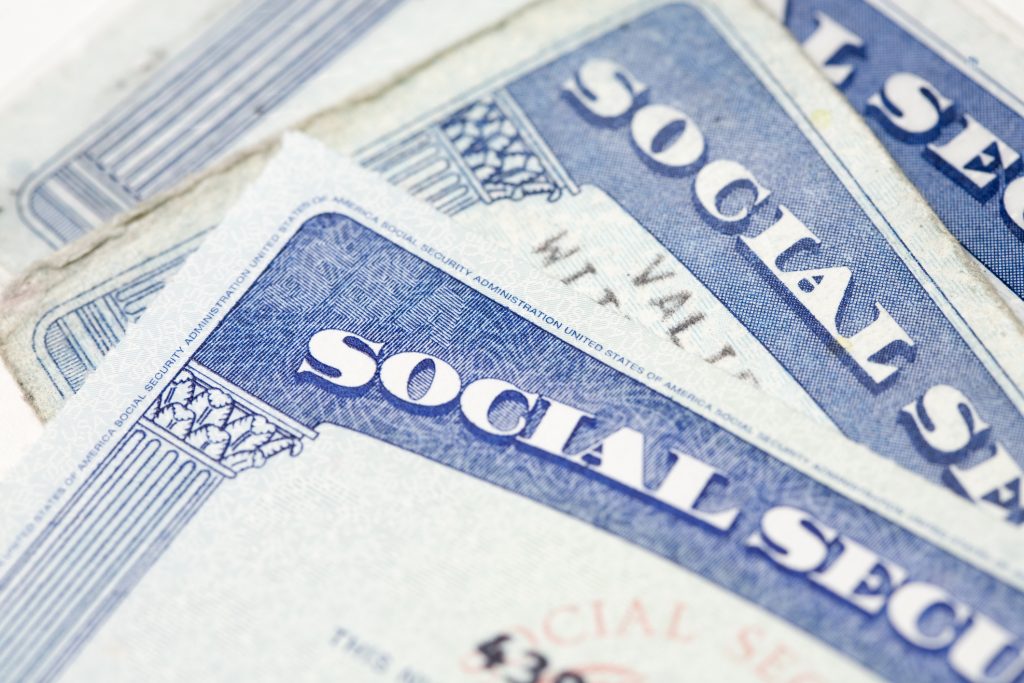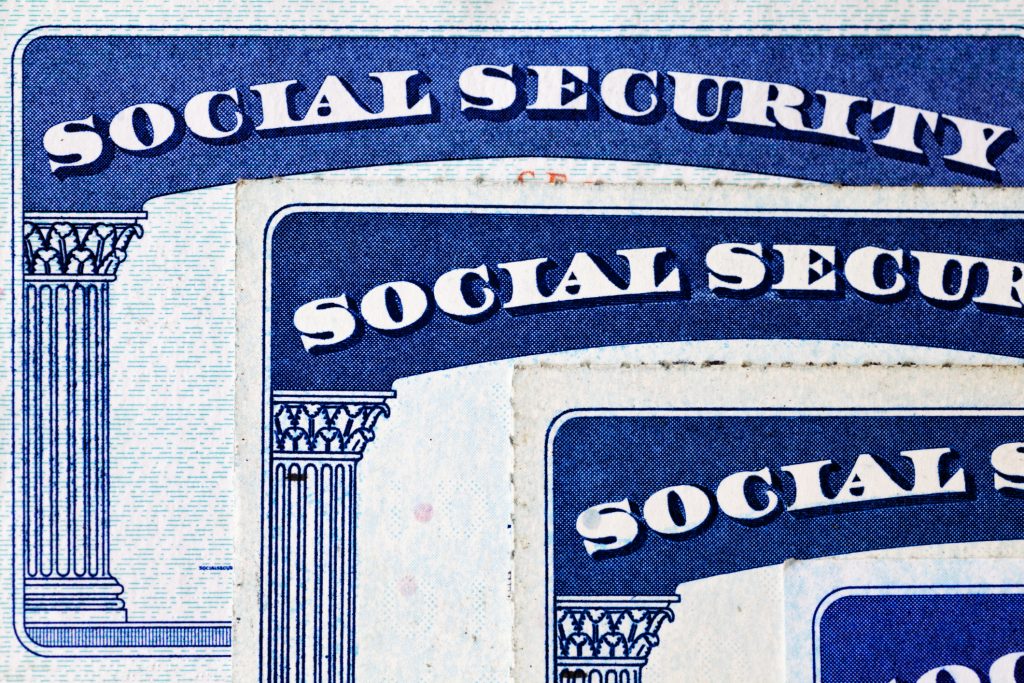Tax-deferred accounts such as traditional IRAs and 401(k) plans allow workers to delay paying taxes on qualified contributions. But the government must eventually get its due. Upon reaching a certain age, accountholders must take required minimum distributions (RMDs) annually, meaning they must withdraw (and pay taxes on) a percentage of the money held in certain types of retirement accounts.
Read on to learn more about RMDs, including how to calculate the withdrawal amount for a retirement account with a balance of $250,000.
Start Your Mornings Smarter! Wake up with Breakfast news in your inbox every market day. Sign Up For Free »

Image source: Getty Images.
Required minimum distributions (RMDs) now begin at age 73
A required minimum distribution (RMD) is the smallest amount of money that must be withdrawn from certain types of retirement accounts each year. The RMD rules apply to the original accountholders and beneficiaries with the following plans:
- Traditional IRAs
- SEP IRAs
- SIMPLE IRAs
- 401(k)
- 403(b)
- 457(b)
Importantly, RMD rules do not apply to Roth accounts while the original owner is alive, but beneficiaries of Roth accounts must abide by RMD rules.
Each year, accountholders generally have to take RMDs by Dec. 31. The only exception is the first RMD can be postponed until April 1 following the year in which a person is first obligated to make a withdrawal. The age at which RMDs must begin has risen over time, as detailed below. If you were born…
- After Dec. 31, 1950: You must start taking RMDs at age 73.
- June 30, 1949, to Dec. 31, 1950: You must start taking RMDs at age 72.
- Before July 1, 1949: You must start taking RMDs at age 70 and 6 months.
Failure to take an RMD before the deadline may subject the amount not withdrawn to an excise tax of 25%, which can be reduced to 10% if the error is corrected within two years. The penalty may be waived if the accountholder can establish the shortfall was due to a reasonable error and that steps are being taken to fix the problem. To qualify, individuals must file a Form 5329 with the IRS and attach a letter of explanation.
Taking RMDs toward the end of the year is usually the most sensible strategy
To summarize, people who turn 73 in 2025 and have a tax-deferred retirement account must take their first RMD by April 1, 2026, but every RMD thereafter must be taken by Dec. 31. Similarly, those who reached the designated age before 2025 must take their RMD by Dec. 31, 2025. And failure to take an RMD can result in stiff penalties.
Importantly, RMDs can be taken anytime during the year, but it generally makes sense to wait until December. No one can predict the future, but taking the withdrawal toward the end of the year maximizes how much time money has to grow in a tax-deferred environment. Also, the U.S. stock market is currently well below its record high. Delaying the 2025 RMD until December may give the market time to rebound.
How to calculate the RMD on a $250,000 retirement account
Calculating RMDs is straightforward. First, using the Uniform Lifetime Table from the IRS, accountholders select the life expectancy factor (i.e., distribution period) that corresponds to their age in the current year. Second, the accountholder divides the life expectancy factor into the retirement account balance from Dec. 31 of the previous year.
Shown here is an abbreviated reproduction of the Uniform Life Table from the IRS.
|
Age in Current Year |
Distribution Period |
|---|---|
|
73 |
26.5 |
|
74 |
25.5 |
|
75 |
24.6 |
|
76 |
23.7 |
|
77 |
22.9 |
|
78 |
22.0 |
|
79 |
21.1 |
|
80 |
20.2 |
Data source: Internal Revenue Service. Uniform Lifetime Table.
Here is an example: Joe turns 73 in 2025 and has money in a traditional IRA. The balance was $250,000 on Dec. 31, 2024. His RMD for 2025 equals $250,000 divided by 26.5, which is $9,433.96. This is Joe’s first RMD, so the withdrawal can be delayed until April 1, 2026. But all subsequent RMDs must be taken by Dec. 31.
Here is another example: Krista turns 75 in 2025 and has money in a traditional 401(k) plan. The balance was $250,000 on Dec. 31, 2024. Her RMD for 2025 equals $250,000 divided by 24.6, which is $10,162.60. Kristin must withdraw that amount from her 401(k) plan by Dec. 31, 2025.
Here is a final example: Anna turns 77 in 2025 and has money in a traditional IRA and a traditional 401(k). Both accounts had a balance of $250,000 on Dec. 31, 2024. Her RMDs for 2025 equal $250,000 divided by 22.9, which is $10,917.03. That amount must be withdrawn from the IRA and 401(k) by Dec. 31, 2025.
The $22,924 Social Security bonus most retirees completely overlook
If you’re like most Americans, you’re a few years (or more) behind on your retirement savings. But a handful of little-known “Social Security secrets” could help ensure a boost in your retirement income.
One easy trick could pay you as much as $22,924 more… each year! Once you learn how to maximize your Social Security benefits, we think you could retire confidently with the peace of mind we’re all after. Join Stock Advisor to learn more about these strategies.
View the “Social Security secrets” »
The Motley Fool has a disclosure policy.
 benzinga.com
benzinga.com fool.com
fool.com



